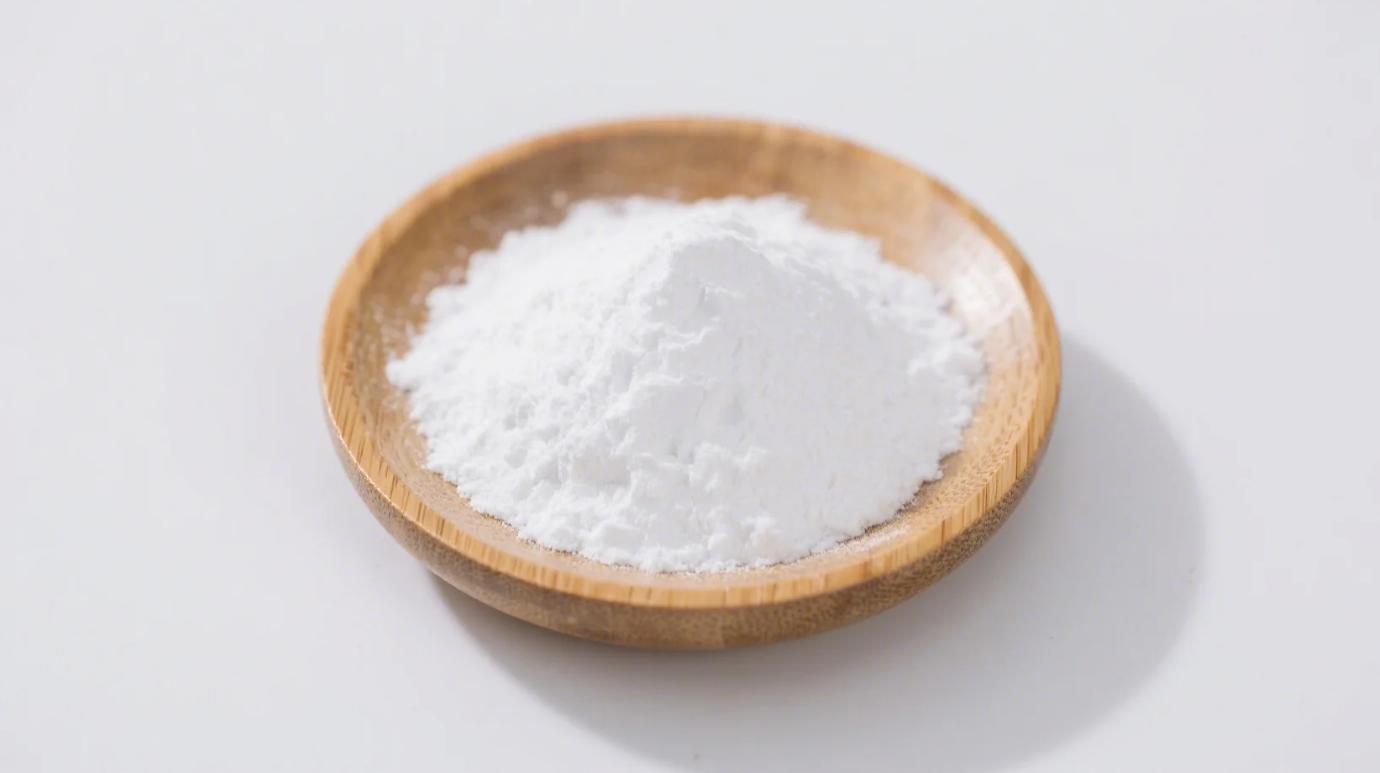I used cornstarch as a “natural” hack for sweaty summers—until a rash made me question everything. After testing organic cornstarch daily for half a year, consulting dermatologists, and digging into microbiology studies, here’s the unfiltered truth.
The Short Answer
Yes, organic cornstarch is generally safe for external use—but with critical exceptions. Here’s what makes or breaks it:
The Hidden Risks (What No One Tells You)
1. Fungal Feast Zone
- Science: Cornstarch feeds Candida and fungi. A 2020 Journal of Clinical Microbiology study found it doubled fungal growth in humid environments.
- High-Risk Areas: Avoid groin, underarms, or skin folds (traps moisture → yeast paradise).
- My Mistake: Used it post-workout on inner thighs → developed a red, itchy rash in 3 days.
2. Pesticide Backstories
- Non-organic corn is heavily sprayed with glyphosate (linked to skin irritation).
- Organic Fix: USDA-certified organic ensures no synthetic pesticides.
3. Clogged Pores & Acne
- Particles block pores → bacne flare-ups. Dermatology Times warns against facial use.
When It Actually Works Safely
1. Dry, Intact Skin Only
- Safe Zones: Back, chest, feet (if no cracks or blisters).
- Pro Tip: Apply to completely dry skin → dust off excess after 2 mins.
2. Short-Term Sweat Defense
- Mechanism: Absorbs moisture 150% faster than talc (Journal of Cosmetic Science).
- Best For: Weddings/hot events (not daily use).
3. DIY Natural Deodorant Base
- Recipe: ¼ cup organic cornstarch + ¼ cup baking soda + 5 drops tea tree oil.
- Warning: Baking soda can irritate sensitive skin—patch test!
Organic vs. Conventional: Why It Matters
| Factor | Organic Cornstarch | Regular Cornstarch |
|---|---|---|
| Glyphosate | Undetectable | Up to 1.2 ppm* |
| GMO Risk | None (non-GMO certified) | 92% of US corn is GMO |
| Fungal Contam. | Lower (sterile processing) | Higher (cheaper mills) |
| EPA allows up to 5 ppm glyphosate in corn—linked to contact dermatitis. |
Safer Alternatives for High-Risk Areas
- Arrowroot Powder:
- Resists fungal growth → ideal for groin/underarms.
- Drawback: Costs 3x more.
- Kaolin Clay:
- Draws out moisture without feeding microbes.
- Oat Flour:
- Soothes irritated skin (colloidal oatmeal effect).
4 Rules for Safe Body Use
- Patch Test First: Apply to elbow crease → wait 24 hrs.
- Never Use on:
- Broken skin, rashes, or moist areas
- Babies (linked to respiratory risk if inhaled)
- Storage Matters: Keep in airtight container (humidity = mold risk).
- Mix with Antifungals: Add 1 tsp tea tree powder per ½ cup cornstarch.
”But Talc Causes Cancer—Is Cornstarch Safer?”
- Talc Risk: Linked to ovarian cancer if contaminated with asbestos.
- Cornstarch Reality: No cancer ties, but fungal/irritation risks remain.
- Veridict: Cornstarch is safer than talc if used correctly.
The Bottom Line
Organic cornstarch is a decent short-term hack for dry skin areas—but skip it if you’re prone to yeast infections or acne. For daily sweat control, arrowroot or kaolin clay are wiser investments.
My Safe Use Protocol:
“Feet and back only. Never after showering. Always organic. Mix with tea tree powder.”
DIY Body Powder Recipe:
- ½ cup organic cornstarch
- ¼ cup arrowroot powder
- 2 tsp kaolin clay
- 10 drops lavender oil (antifungal)
Mix → store in shaker bottle. Lasts 6 months.
Absorb sweat, not regrets.
Recommended Product
Organic Cornstarch
Premium Gluten-Free Thickener & Stabilizer for Food, Pharma & Industrial Applications


